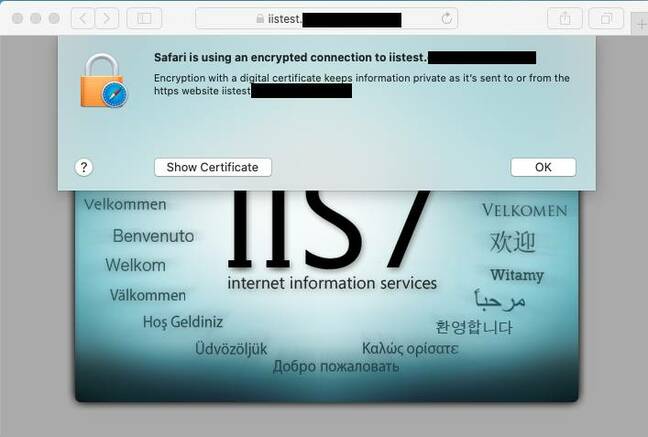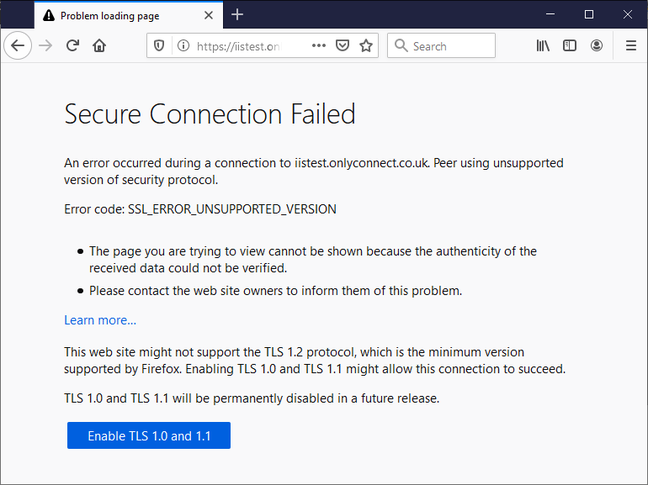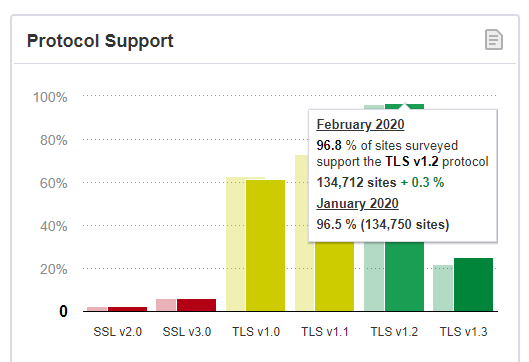Keeping a Strong Security Metrics Framework Strong
It takes a significant effort by security teams to build robust metrics that serve the organization well and add value. But keeping that framework strong over time is also an area that requires strategic investment. Unfortunately, it’s an area that is often overlooked.
Here are 10 tips to help you maintain the value of your security metrics framework.
Tip 1: Check in with your audience. Metrics are developed to provide important information to the security organization’s audiences, not for the sake of the metrics themselves. As such, it’s critical to ensure that what you report addresses your audiences’ information needs, questions, and concerns. Check in with stakeholders regularly to solicit, accept, and incorporate their feedback. Your audiences aren’t a drag on your metrics, they’re the reason for them.
Tip 2: Stay alert and attuned. Don’t just report metrics — analyze, understand, monitor, and adjust them. If you see that one or more metrics are trending in an uncomfortable manner, dig deeper to understand why that’s the case and what the ramifications are for the business. When you monitor metrics on a continuous basis, you will ensure that the risk those metrics measure does not rise to unacceptable levels. If risk levels do rise too high, you can course correct to effectively manage that risk.
Tip 3: Ensure data accuracy. A framework is only as good as the data underlying it. You may have the most relevant and timely metrics, but if the data used to calculate them is inaccurate, inconsistent, and/or flawed, the metrics will be as well. Reliable data serves as an input to reliable metrics while unreliable data, by default, produces unreliable metrics.
Tip 4: Experiment with different models and aggregations. Maybe the way you modeled your framework and aggregated your metrics worked well for you last year. But perhaps things have changed since then and that approach will no longer work. If you’ve built your metrics modularly, you’ll be able to leverage them across a variety of different models and aggregations. Find the one that works for your present-day business environment.
Tip 5: Keep after controls. A mature metrics framework includes proper mapping back to controls. Keep after this mapping. Over time, controls may change in substance, importance, and/or priority. Further, mappings may evolve to be incorrect. Ensuring accurate mapping between controls and metrics allows the security team to continually assess and measure the efficacy of controls to the overall security posture of the business.
Tip 6: Keep after risk. Risk is not static or distinct. It is continuous, dynamic, and fluid. Keeping an eye on the changing risk landscape allows an organization to focus on mitigating the organization’s most important and relevant risks, while reducing time and resources spent on less important and relevant issues. This allows finite security resources to be applied to the maximal risk mitigation.
Tip 7: Mind your ranges. When a metric is designed and measured, it creates a data point. Usually that data point is a number or a percentage, which, in and of itself, tells very little of the overall picture and offers no context. To add important context to the risk equation, you need to set an acceptable range and acceptable deviations from that range. Over time, those ranges may require adjustment to reflect changes in the evolution of the business environment and the threat landscape which will affect the tolerance level for the various data points that you measure. Minding your ranges will ensure that your tolerances are in line with acceptable risk levels.
Tip 8: Leverage intelligence. In addition to aiding and informing preventative and detective capabilities, intelligence can also inform metrics. Good intelligence can help you stay informed of existing threats and become aware of new threats. This in turn helps you to continually assess whether or not your metrics have addressed the right set of threats to your organization.
Tip 9: Stay connected. Peer organizations, industry groups, and experts can help an organization see where it lies relative to other organizations of similar size, industry, and geography. These connections can provide essential information that will keep your metrics framework strong.
Tip 10: Be efficient. No metrics framework is sustainable if the process of putting together and reporting the metrics is a headache in and of itself. In order for metrics to be practical and to provide value on a continual basis, they need to be scalable. Consolidate data required for metrics into as few systems as possible. Leverage automated reporting and dashboards to simplify the process of generating metrics when required, ideally automatically and in near real-time. This ensures that metrics will always be fresh. It also reduces your investment in to creating, designing, developing, and generating new metrics, which will, in turn, encourage innovation, creativity, and forward-thinking.
Related Content:
- 7 Free Tools for Better Visibility into Your Network
- How to Get the Most Out of Your Security Metrics
- 5 Tips for Keeping Your Security Team on Target
 Check out The Edge, Dark Reading’s new section for features, threat data, and in-depth perspectives. Today’s top story: “C-Level Studying for the CISSP.”
Check out The Edge, Dark Reading’s new section for features, threat data, and in-depth perspectives. Today’s top story: “C-Level Studying for the CISSP.”
Josh (Twitter: @ananalytical) is an experienced information security leader who works with enterprises to mature and improve their enterprise security programs. Previously, Josh served as VP, CTO – Emerging Technologies at FireEye and as Chief Security Officer for … View Full Bio
 Check out
Check out  Check out
Check out  Check out
Check out 




 Check out
Check out